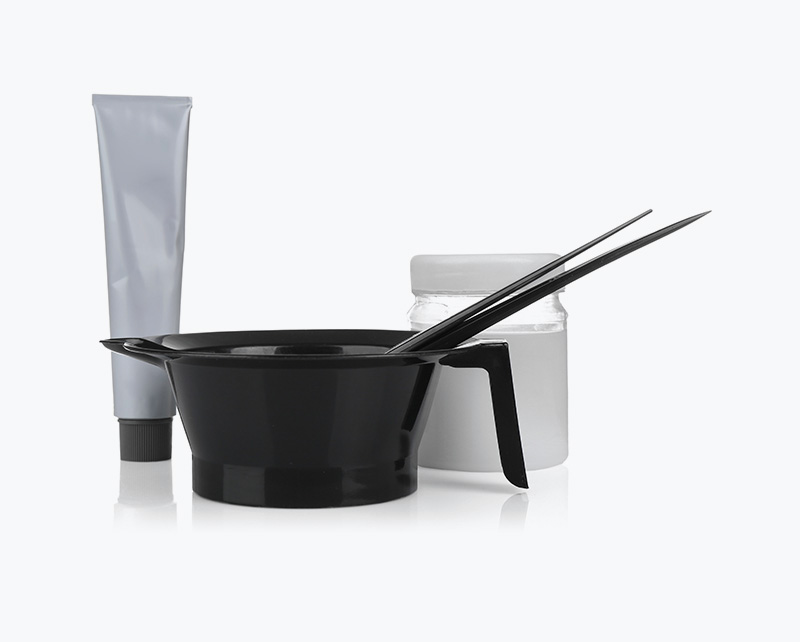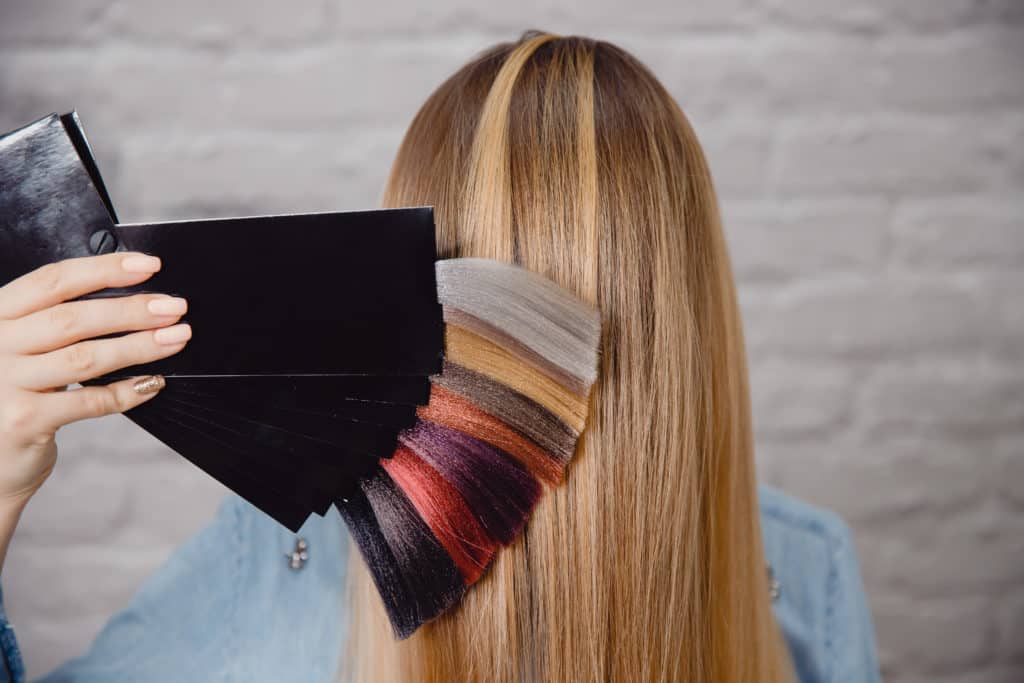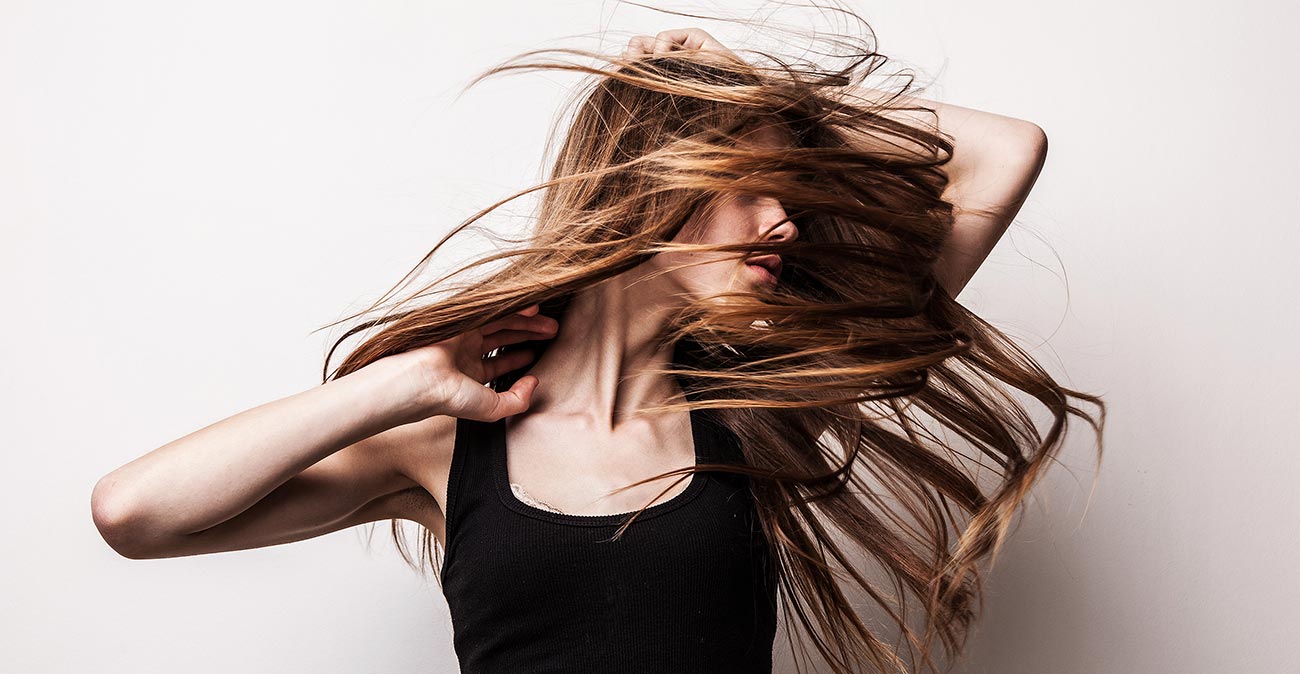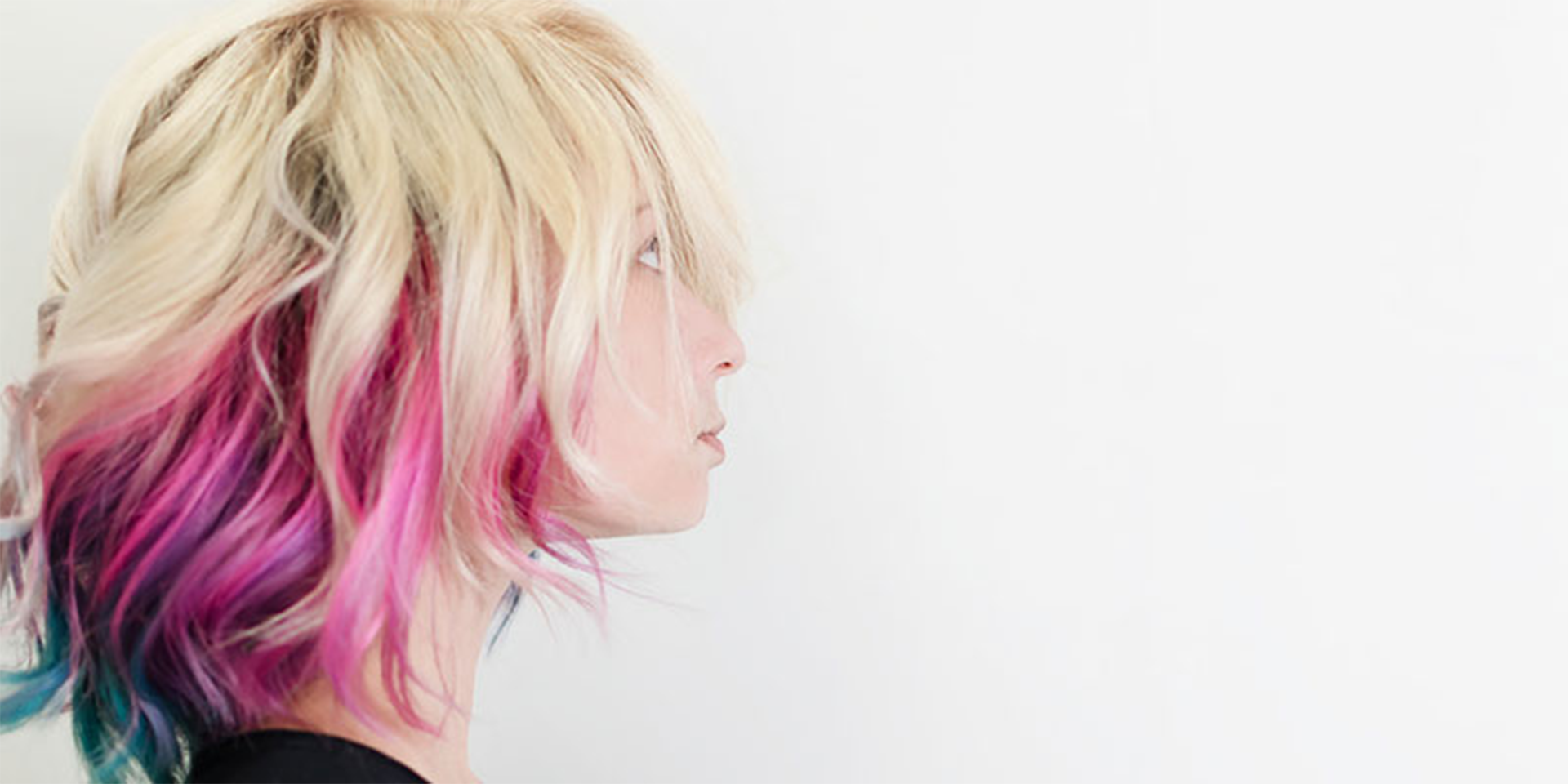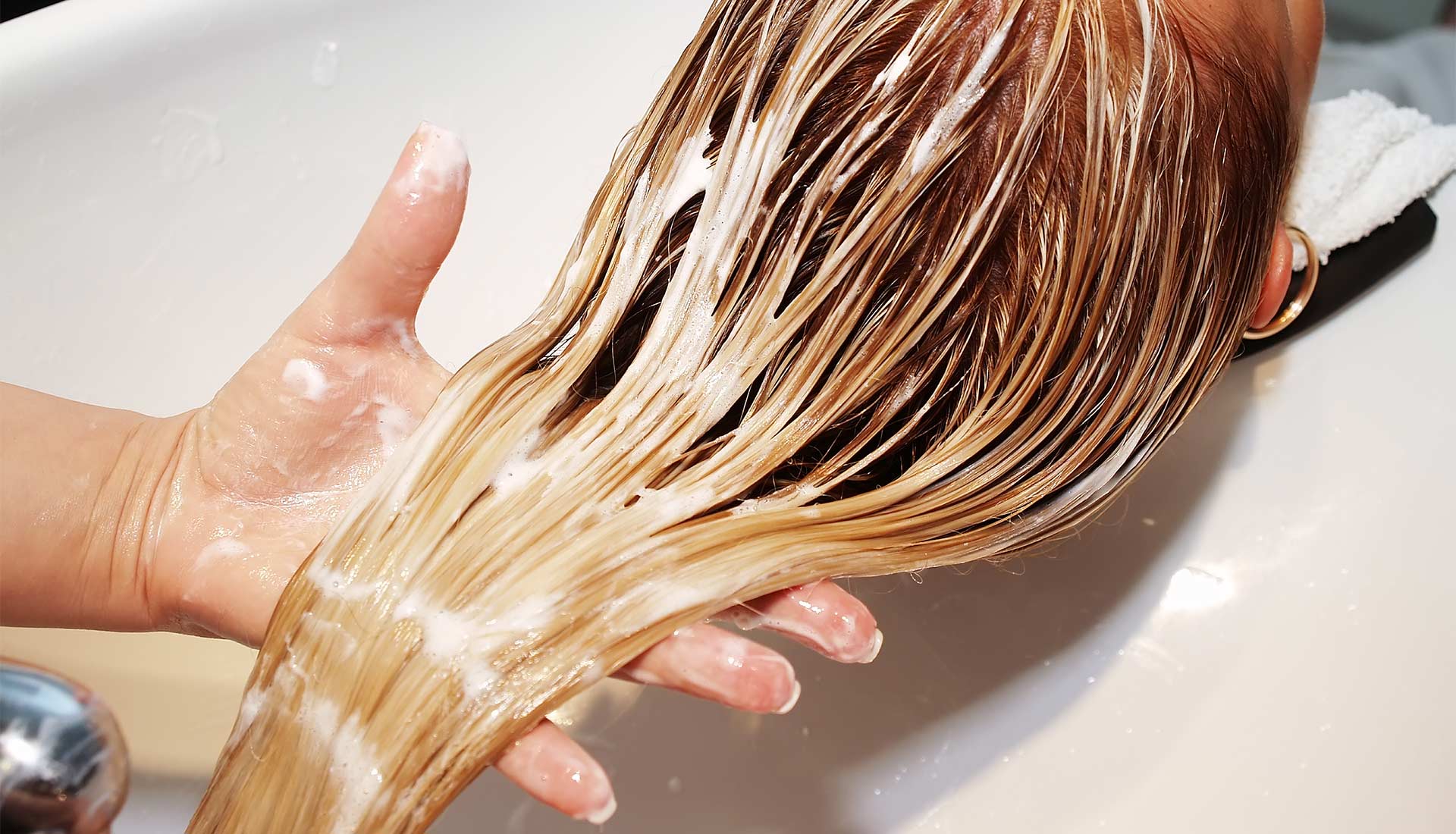
From Orange to Wow: 5 At-Home Fixes for Bleached Hair
Bleaching your hair to achieve lighter shades can often result in brassy, orange tones showing through. This happens because the underlying pigment in hair is usually a warm, yellow-orange color. When the artificial dye is stripped away, that pigment is revealed. The higher the volume of bleach used, the more it will penetrate the hair shaft and remove these warm pigments.
While some people don’t mind rocking orange locks, many find brassy hair an undesirable result of lightening their hair. Orange hair can make your skin look sallow and your hair texture dry and damaged. Luckily, there are several techniques you can try at home to counteract orange tones and get your hair to a more flattering blonde shade before your next salon visit.
Assess Your Current Hair Color and Condition
The first step to fixing orange hair after bleaching is to carefully assess your current hair color and condition. This will help determine the best approach for toning down brassiness and neutralizing orange.
Look at your hair in natural sunlight. Orange and yellow tones can appear more intense under natural light compared to indoor lighting. Examine all sections of your hair, paying special attention to the mid-lengths and ends which are more porous and prone to damage.
Feel the texture of your hair. Does it feel dry, coarse, or brittle? Overprocessed and damaged hair is more porous, meaning it readily absorbs dyes and toners. Healthier hair with less damage will require different techniques.
Determine if your hair is too porous. One way to check is to pull a strand between your fingers. If it feels rough like Velcro and makes a crinkly sound, your hair cuticles are raised and overly porous. This means they will grab onto color very quickly. Hair that feels smooth between your fingers is less porous.
Thoroughly assessing your current hair color and texture will help you choose the right methods to counteract orange tones for your specific hair condition. Examining hair health will prevent you from further damaging locks while working to neutralize brassiness.
Use a Toner
Toner is an easy solution for getting rid of orange tones at home. Toners work by depositing tones that cancel out brassy orange. Blue or purple-based toners are ideal for neutralizing orange hair.
When applying a toner, make sure to fully saturate your hair, especially focusing on the most orange parts. Process the toner for the full recommended development time, usually 20-30 minutes. This allows the color pigments to fully deposit and effectively neutralize orange.
To get the best results, choose a toner designed for use after bleaching. A blue toner like Wella Color Touch or Schwarzkopf Igora Royal will help neutralize warm orange tones. Purple toners like Clairol Shimmer Lights or Manic Panic Virgin Snow also counteract orange well. Using a toner right after lightening prevents orange tones from developing and saves a step later.
With the right toner and proper application, you can easily fix orange roots or highlights at home. Just remember to patch test first and carefully follow instructions. Toner offers an affordable, customizable way to neutralize brassiness and achieve your ideal cool blonde.
Try a Color-Depositing Conditioner
Color-depositing conditioners can help tone down brassiness and orange shades by depositing color with each use. Unlike semi-permanent hair dye, the color payoff is more subtle. But with regular use, color-depositing conditioners can help balance those brassy tones over time.
Look for formulas specifically labeled as color-depositing, toning, or neutralizing conditioners. They are infused with special pigments that help counteract orange and yellow shades. Purple and blue pigments help neutralize brassiness, while green pigments cancel out more orangey tones.
When shopping, pay attention to the brand’s color wheel or description to pick the right tone for your needs. Apply the conditioner liberally and massage it through clean, towel-dried hair. Let it sit for 5-10 minutes before rinsing out. For best results, use the color-depositing conditioner a few times a week. While results happen gradually, this is a gentle option for refreshing your color at home.
Use a Color-Depositing Mask
Color-depositing masks are an effective way to counteract orange tones at home. They work faster than color-depositing conditioners since the product is left on the hair longer. Here’s how to use a color-depositing mask:
- Purchase a mask specifically designed to target brassiness and deposit color. Look for options with blue or purple tones to counteract orange.
- Apply the mask evenly throughout damp hair after shampooing. Focus on the most porous and damaged areas.
- Allow the mask to process for 5-10 minutes. Follow the instructed development time on the product.
- Rinse the mask out thoroughly with cool water. Be patient during the rinsing process to ensure all product residue is removed.
- Use a color-depositing mask 1-2 times per week to maintain your color between salon appointments. Using it more often may result in over depositing.
The concentrated pigments in color-depositing masks can make a big difference in toning down orange hues in bleached hair. Follow up with purple shampoo to preserve the results between mask treatments. With consistent use, you can keep brassy tones at bay right from home.
Dye Your Hair a Darker Shade
Dying your hair a slightly darker shade can help neutralize and cover up orange tones. Going just 1-2 shades darker is often enough to combat brassiness.
This works best if your current hair color is light to medium blonde. If your hair is still quite dark, you may need to bleach it first before applying a darker dye. Bleaching opens up the hair cuticle so the darker color will deposit better.
When choosing a dye, demi-permanent or semi-permanent formulas are best for toning down orange hair. They will deposit color without fully penetrating the hair shaft. This allows you to go darker without completely covering your base color. The darker dye molecules essentially fill in the “gaps” where orange is showing through.
Demi-permanent dyes last 4-6 weeks, while semi-permanents wash out after 6-12 shampoos. This makes them ideal for temporary color correction. Permanent hair dye is not recommended, as this will be much harder to remove if you don’t like the result.
Focus the darker dye on the most orange parts of your hair, either doing an all-over application or just on the mid-lengths and ends if the roots are less brassy. Carefully follow the product instructions for best results.
Call Matin Beauty Salon today and request a professional hair CARING in Thornhill.
Get a Professional Color Correction
Getting a professional color correction at a hair salon is often the most effective way to fix orange hair from bleaching. This involves having an experienced colorist analyze your hair’s current color and tone to determine the right approach.
A colorist can re-tone your hair and apply a dye specifically formulated to target the brassiness in bleached hair. They may need to do some additional lightening or bleaching in places to ensure an even result. This achieves a more uniform color with better grey coverage.
The professional hair dyes used at salons tend to last longer than drugstore box dyes. Because colorists are trained in the latest techniques and have access to high quality products, they can often achieve longer-lasting results.
The downside is that a pro color correction is more expensive than DIY methods. However, it may be worthwhile to invest in getting your hair to the right base color if you plan to remain blonde. Then you can maintain it yourself by toning and using purple shampoo.
Getting expert help can save you from repeatedly trying to fix orange hair on your own with mixed results. A skilled colorist knows how to avoid further damage from overlapping chemical treatments. Putting your hair in the hands of a professional may provide the most satisfaction if you’ve struggled with brassiness.
Cut Off Damaged Ends
Cutting off the ends of your hair is often the most effective way to get rid of stubborn orange tones. When hair is damaged from bleaching, the ends tend to be the most porous and have grabbed onto those brassy orange pigments. Cutting your hair shorter will remove those damaged sections so you can start fresh with healthier hair.
While you may be reluctant to lose length, cutting off damage is truly the healthiest option. Trimmed ends will look and feel better. Damaged, dry ends with an orange tint can make the overall coloring look unnatural and uneven. Removing a few inches will help your hair look refreshed and cohesive.
How much you need to cut off depends on the extent of the damage. For minimal damage, a simple trim of 1-2 inches may be sufficient. But for significant dryness or breakage resulting in extreme orange discoloration, you may need to cut off 3-4 inches or more. Ask your stylist to assess the condition of your ends and determine how much needs to be removed to get your hair back to a healthy state.
Though cutting your hair shorter is discouraging after wanting long locks, remember hair will regrow healthier. Taking off orange damaged ends now will allow you to retain length better moving forward. With proper hair care, you can grow your strands out again in a stronger, shinier state. Removing damaged sections is the most foolproof method for banishing orange tones for good.
Use Purple Shampoo
One easy at-home trick to reduce brassiness and cancel out orange tones is to use a purple shampoo. Purple shampoo contains violet pigments that bind to lightened hair and counteract yellow and orange hues. To use purple shampoo:
- Lather the purple shampoo thoroughly in your hair and leave it on for 3-5 minutes before rinsing. This allows time for the purple pigments to deposit onto the hair strands.
- Use the purple shampoo 2-3 times per week as a regular part of your haircare routine. Using it too often can result in your hair taking on a violet tint.
- Look for a purple shampoo specifically formulated for blond or lightened hair, as these contain a higher concentration of violet pigments. Normal shampoos won’t have enough pigment to neutralize brassiness.
- Apply the shampoo all over your hair, not just the most orange parts. This will help tone the overall color.
- Be patient. It may take a few washes for the purple shampoo to noticeably reduce orange tones. But with consistent use, you’ll see brassiness neutralize over time.
The violet pigments in purple shampoo are an easy at-home solution for toning down orange shades between color appointments. Use it a few times a week to keep your lightened locks free of brassiness.
Prevent Orange Hair Next Time
When lightening your hair, it’s important to take steps to prevent brassiness and orange tones from developing. Here are some tips:
- Use Olaplex when bleaching. Olaplex is a bond-building additive that helps protect and strengthen hair during lightening procedures. It prevents breakage and damage that can lead to orange undertones.
- Don’t overlap lightener. Applying lightener over previously lightened hair without allowing it to rest can cause overprocessing and irritation. This can make hair more porous and prone to grabbing warm pigments.
- Lift hair slowly over multiple sessions. Doing gradual lightening gives your hair time to rebuild strength and integrity between sessions. Going slow helps avoid unwanted orange and yellow tones.
- Use lower volume developer with lightener. Developers with lower volumes like 10 or 20 vol lift hair more gently. Higher volumes like 30 or 40 vol can cause rapid lightening that brings out orange brassiness.
Taking a gradual, gentle approach to lightening gives you better control over the lifting process. Following these tips will help you avoid orange hair after bleaching.
Give it a try at Matin Beauty and see what everyone’s fussing about.


